June is National Safety Month: Tips for Keeping your Babies Safe
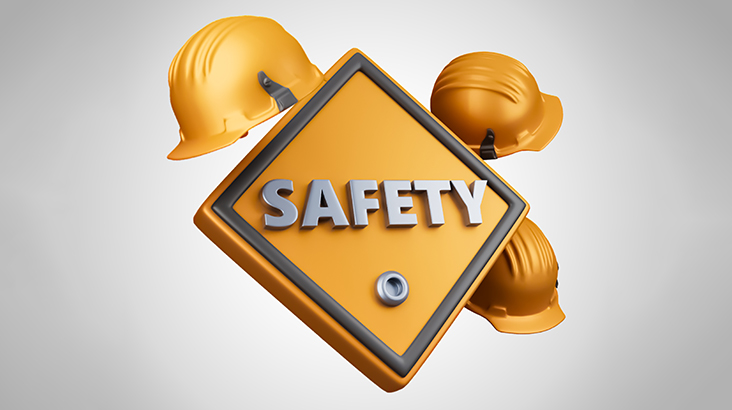
Safety is essential throughout the year but holds special significance during June. June, National Safety Month, is an annual celebration promoting safety in all environments, whether in the workplace or any other setting. In this blog, we will explore essential baby care tips to help you ensure your child’s safety. Additionally, we will discuss various baby care products designed to ensure your child’s safety at home and outside.
Common Causes of Accidents Among Kids
Babies and toddlers are at a stage where they love to explore new things, but they don’t realise the dangers around them. They often get hurt by falling or sticking their fingers in doors or drawers. For children under four years old, there’s also a risk of accidental suffocation, burns and getting scalded. Most of these accidents happen at home. As kids grow older, between the ages of 5 to 9, they start getting injured more often at playgrounds, and school-going kids are at a higher risk of getting hurt while biking.
Remember that accidents can be avoided with proper precautions. By following certain safety guidelines, you can ensure your baby’s safety. Let's explore some essential safety tips.
Water Safety Tips
- Never leave your baby unattended near water, like bathtubs, buckets, pools, or puddles, even for a few seconds.
- Use baby accessories like life jackets or swim vests whenever your baby is in or near water. Ensure these items fit properly and are not too big or too small.
- Start teaching your baby about water safety from an early age. Teach them how to float and how to call for help.
- Be aware of the signs of drowning. If your baby is struggling in the water, they may be unable to cry or ask for help. If you notice any signs of distress, take action immediately.
- Do not use bath seats or ring floats. These devices can give a false sense of security and make it difficult for your baby to stay safe in the water.
- Check the water temperature before putting your baby in. The water should be warm but not hot to prevent burns or scalding.
- Avoid taking your baby to swim in places with strong currents or waves. These areas can be dangerous for them.
Home Safety Tips
- Ensure your home is Baby-proof by using safety gates on stairs, corner guards for furniture, baby bed rails, and electrical outlet covers. Keep dangerous objects out of your baby’s reach.
- Never leave your baby alone, even for a short time. This is especially important in areas with potential hazards, such as the kitchen or bathroom.
- Keep electrical appliances and hot objects away from your baby’s reach to prevent accidents and burns.
- Be aware of the choking hazards in your home, such as beads, coins, and buttons. Keep them out of your baby’s reach.
- Keep your baby's crib clean and free of loose bedding or toys to avoid suffocation.
- Avoid placing your baby on their stomach when sleeping to reduce the risk of SIDS (Sudden Infant Death Syndrome). You can use a baby monitor to watch your little one while away. You can explore baby monitor options on Mumpa.
- Boil bottles and pacifiers before use to eliminate harmful bacteria.
- Use a baby carrier or stroller when you are out and about to keep your baby secure. Do check for safety certifications before you purchase a pram or a stroller.
- Place your baby on the floor for playtime to prevent falls from furniture or high surfaces. You can also use play mats or baby gyms for safety.
Toy Safety Tips
- Choose age-appropriate toys. Avoid toys that are too small or too large and can cause choking.
- Choose toys made of durable materials that won’t break easily, as broken toys can be hazardous.
- Avoid toys with small parts, such as beads, buttons, or magnets, especially for babies and toddlers.
- Ensure that toys don’t have sharp or rough edges that can cause cuts or abrasions.
- Look for toys tested and certified by a reputable safety organisation like Consumer Product Safety Commission (CPSC). These toys have been tested to meet safety standards and are less likely to pose a hazard.
Playground Safety Tips
- Always supervise your child when they are playing, especially if they are young.
- Choose a playground with equipment suitable for your child's age and development level.
- Before your child starts playing, check the playground equipment for any loose or broken parts that could be dangerous.
- Teach your child how to properly use the playground equipment, especially with swings and slides.
- Make sure your child wears the right clothes and shoes. Shoes with closed toes and non-slip soles help prevent slipping and falling.
- Teach your child to be aware of their surroundings and watch out for other children playing too rough. In most cases, accidents occur due to the negligence of others.
Road Safety Tips
- Teach your child how to cross the road safely. Always accompany young school children and those under five when crossing the road.
- Teach your child the “STOP, LOOK, and LISTEN” rule.
- Ensure your child wears bright clothing during the day and reflective clothing at night.
- Discourage your child from playing on roads, footpaths or driveways.
- Ensure they wear a helmet while riding a bike.
- Teach them to always wear seat belts in a car.
- Use a car seat appropriate for your baby's age and weight. Check for safety certifications before purchasing one.
Hope you find this blog helpful.

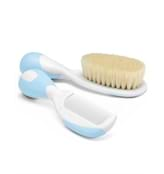
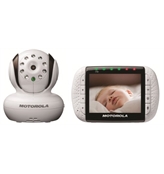
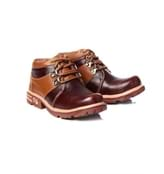
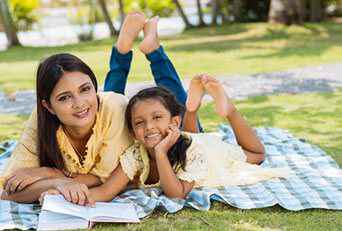
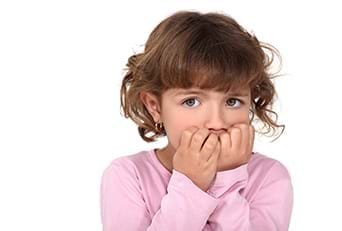
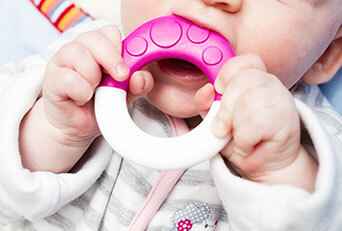

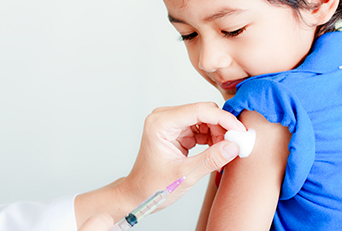
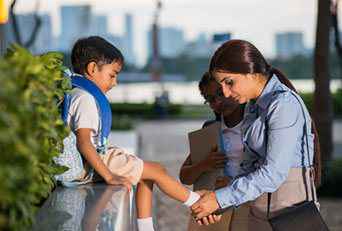

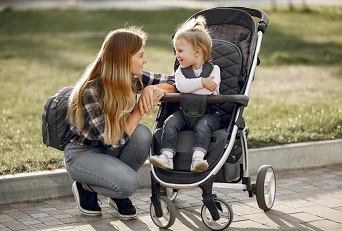
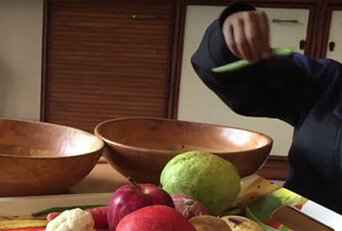
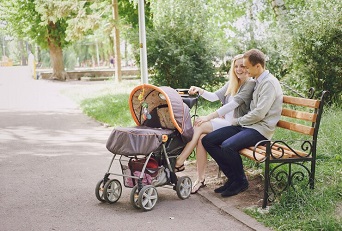

WHAT DO YOU THINK?